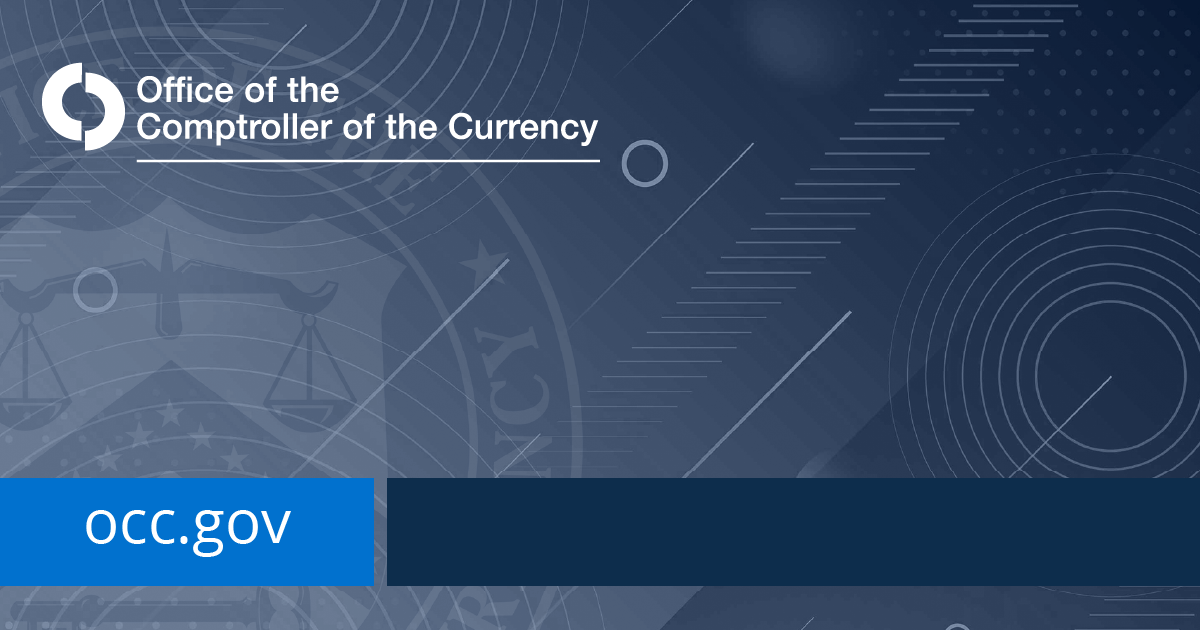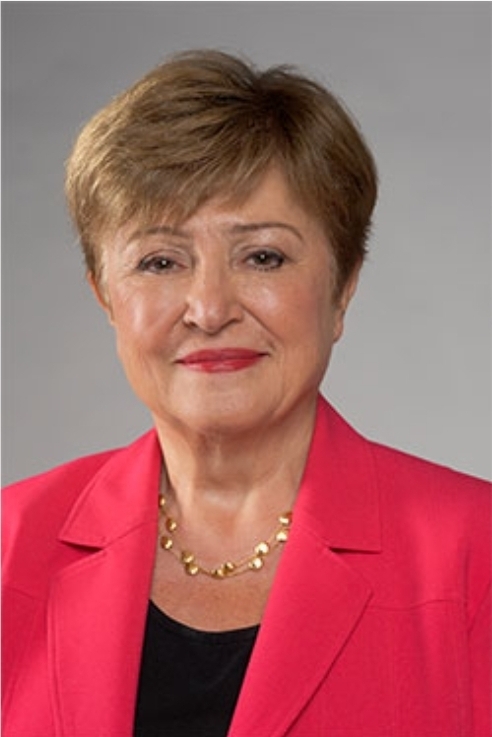😨 NESARA/GESARA – The Progress Report –QFS, Dinar & Zimbabwe RV. 😨
NESARA (National Economic Security and Recovery Act) and GESARA (Global Economic Security and Recovery Act) are concepts originating from a set of economic reforms proposed in the United States in the 1990s. The original NESARA proposal included measures to abolish income taxes, cancel out debt, and return to a commodity-based currency system (such as gold), among other financial reforms. However, this proposal never became law.
Over time, NESARA and GESARA have become associated with a variety of conspiracy theories. These theories suggest that these acts have secretly passed and will lead to massive positive changes globally such as debt forgiveness, the abolishment of income tax, a new form of government, and even the distribution of vast sums of wealth from hidden sources. The theories often tie in other elements, such as secret societies, alien interventions, and the imminent arrest of powerful political personalities. The linguistics of these theories are focused to attach to Christian ethos mind patterns. In the language associated with NESARA/GESARA as conspiracy theories, the targets are clearly a specific subset of the Evangelical sects within Christianity. There is no penetration of the NESARA/GESARA language within the Islam, or Buddhist, or other religious communities. There is no penetration of this language into Leftist, or atheist, or other, non Christian communities.
Within the conspiracy theories attached to NESARA are statements that the act was signed into Law by President Bush, and then, immediately ‘hidden’ from the public while the Federal government supposedly is ‘blocked’ from implementing it by nefarious actors within the [deep state].
It's important to note that there is no credible evidence to support the existence of GESARA. While NESARA was an actual legislative proposal, it was never enacted. GESARA language first shows up eight months after the failure of NESARA to be advanced in the legislature. GESARA was a deliberate strategy to expand the scam to non USA citizens. It failed in this effort of expansion. There is evidence of funding behind a push for GESARA into specific Islamic groups in 2005 that failed to obtain traction. The details often cited in these theories do not correspond to anything in our common shared reality and are widely considered to be absolute bullshit by people who work within legitimate political or economic analysis areas.
This attitude of rejection, and disbelief, is also elicited by the ‘QFS’. The "Quantum Financial System" (QFS) is another concept frequently mentioned in conjunction with various conspiracy theories, particularly those surrounding NESARA/GESARA. It is described by proponents as a highly advanced technology system that would completely replace the current banking and financial systems around the world. The QFS is often depicted as being based on quantum computing technology, which proponents claim can provide heightened security through quantum cryptography and create a transparent, fraud-proof system. Aspects of the QFS include the idea that ALL resources within the Earth’s biosphere would be ‘placed on blockchain’ for an absolute accounting, and tracking, of the use of such resources. Note that many of the claims for the QFS actually mirror the goals, and function of the CCP Social Credit System.
Advocates of this theory suggest that the QFS will enable the seamless and instant transfer of currencies and that it would be immune to corruption, hacking, or manipulation. It is also said to be capable of ensuring complete privacy and anonymity of transactions, while simultaneously being fully transparent in terms of authorities’ ability to prevent illegal activities.
It’s important to clarify that, as of now, there is no verified existence of such a system in development or in use by any government or financial institution recognized by any financial entities or technology experts. The descriptions of the QFS often contain a mixture of some factual elements of quantum computing potentials and a lot of speculative, unfounded claims. Quantum computing itself is in the early stages of development, primarily focused on research rather than practical applications, especially on the scale described in QFS theories. There is NO ‘Quantum computer network’ in operation now, and given that Quantum computers are batch process, analog machines that cannot run digital software, it is not technically possible for Quantum computers to run a digital network. Quantum computers cannot run digital software, and can NOT host AI. Most of the Quantum computing world is still in research mode, and the technology is likely two decades away from any form of commercial adoption. Quantum computers, by the nature of the technology, will always be ‘batch processors’, and will NEVER be used to ‘run networks’.
Claims that the QFS is operational, or there is a Quantum computer based network, need to be challenged, and demands made for receipts be imposed upon those people making such claims as they are incorrect, inaccurate, and may be deliberate lies attempting to deceive.
The concepts of NESARA/GESARA and the Quantum Financial System (QFS) can be particularly appealing to individuals with limited financial understanding because they promise simple solutions to complex financial issues and present an idealized scenario where financial burdens such as debt and taxes are effortlessly resolved. These narratives are DESIGNED to specifically target and impact those with lower financial literacy:
Complexity and Jargon: The use of complex terms and financial jargon (like "quantum technology" in the case of QFS) can be overwhelming. People who aren't familiar with these concepts might assume the information is legitimate simply because it sounds sophisticated and technical.
Promises of Wealth and Debt Relief: These theories often include promises of imminent wealth distribution and debt forgiveness, which can be very attractive to anyone struggling financially. The hope of such outcomes can cloud judgment, leading individuals to overlook the lack of evidence or logical basis behind these claims.
Exploitation of Distrust: Many of these theories tap into a general distrust of governmental and financial institutions. For individuals who feel marginalized or cheated by the system, the idea that there is a hidden or suppressed solution can be very appealing.
Urgency and Exclusivity: By suggesting that these events are about to happen, these theories create a sense of urgency that can rush individuals into making hasty decisions, such as investing in certain assets, joining groups, or donating money to causes that purport to support the implementation of these acts.
Scams and Frauds: Scammers use these theories to legitimize fraudulent schemes, asking people to invest in new "quantum-resistant" cryptocurrencies, participate in exclusive financial opportunities linked to the supposed upcoming changes, or buy products and services that are "necessary" to prepare for the transition.
Social Proof and Echo Chambers: People discussing these theories often form tight-knit communities that reinforce each other's beliefs. This social validation can make the theories seem more credible to someone who is unfamiliar with how financial systems actually work. A key aspect of identifying these communities is the language that constantly brings the concept back to ‘faith’, and the invocation of language found in religious settings which is tied to the financial frauds of NESARA/GESARA/QFS.
The NESARA/GESARA/QFS scams are dependent on directing the language within the discussion to specific terms in order to invoke ‘faith’ as an emotion in order to support the scam internally within the ethical structure of the victim. It is a sophisticated attempt to prey upon in-built mental pathways. Once these paths are captured by the scammer, it becomes incredibly difficult to dissuade the victim from their attitude that these scams are real. This is due to the deep religious hooks within the victim’s personality. This language is further reinforced by the continuous exposure for a lifetime to the same language from THE most effective scam in history, the Federal Reserve note which is not money, and is a legislative supported debt instrument.
Federal Reserve Notes are legal tender, with the words "this note is legal tender for all debts, public and private" printed on each note. The notes are backed by financial assets that the Federal Reserve Banks pledge as collateral, which are mainly Treasury securities and mortgage agency securities that they purchase on the open market by fiat payment. In other words, the Federal Reserve Bank, which is not part of the Federal government, and is not a bank, is ‘backing’ their debt notes (aka ‘dollars’) with other debt instruments (not money) that the government produces that the FED purchases with its fiat dollars. So the dollar is a debt instrument issued by a private corporation, and loaned to the US Government for use at a cost of interest payments by the People of the USA to the private corporation of the Federal Reserve. The BIGGEST scam of them all.
There are many linguistic ties between the NESARA/GESARA/OFS scam and the ‘Iragi RV’, or the Zimbabwe RV. Note that these scams offer the Kuwaiti Dinar RV as ‘proof’ that the same occurrence will emerge for these other currencies from Iraq and Zimbabwe.
The situation of the Kuwaiti currency ‘revalue’ were entirely unique, and were based off of the geopolitical movements of the Bush Regime. This arose after the failure to convince Saddam Hussein to allow STF (special technology forces) of the US military to enter three ziggurats in Iraq for the purposes of examining, and removing artifacts. This failure led to the Bush Regime giving Saddam Hussein ‘permission’ to invade Kuwait. This permission was to create the conditions of the Iraq invasion of Kuwait. That invasion caused the Kuwaiti dinar currency to collapse as the financial world assumed that the government of the country was gone, thus the currency was worthless. This led to an international devaluation of the Kuwaiti dinar in the global financial markets. There is evidence to support the idea that members of the Bush Regime anticipated this effect, and purchased billions of dinars. They bought the Iraqi currency as they knew the Bush Regime would be restoring the Kuwaiti power structure as part of their invasion of Iraq to loot the ziggurats. This occurred, the Kuwaiti government was restored, and faith returned to the Kuwaiti Dinar within the international currency markets and thus the ‘value’ of the dinar was raised and those who were in on the scheme profited hugely.
Note that the government of Kuwait did NOT ‘revalue’ the dinar. That was a function of the open markets in currency trading, and the underlying plot by the Bush Regime to manipulate these markets as a side effort in their Iraq War. There was NEVER any repurchase of the Kuwaiti Dinar by the government of Kuwait in any deliberate attempt to “Re-Value” their currency.
No government will ever Re-Value their currency upwards in purchasing power (value). There is NO incentive for any fiat currency to be worth ‘more’ in purchasing power. It is in the nature of fiat currencies that they can NOT be revalued upward in purchase power by the government that issues them. INFLATION is the only route available for non-backed currencies.
During the 1930s, the United States was grappling with the Great Depression, a period of severe economic downturn that caused widespread hardship. In response to deflationary pressures—where prices and wages fell dramatically—there were concerted efforts by the government and the Federal Reserve to induce inflation into their currency which was dying against the real purchasing power of gold and silver constitutional money. These efforts aimed to increase the money supply and raise the price level, thereby relieving some of the economic stress. This effort was coordinated by the Fed and forced through a reluctant Congress by bribery, and extortion, and threats.
Key Actions by the Federal Reserve and the U.S. Government:
Abandonment of the Gold Standard (1933): One of the significant steps towards inducing inflation involved the United States moving off the gold standard temporarily. President Franklin D. Roosevelt suspended the gold standard, which had constrained the Fed's ability to increase the money supply because the dollar was pegged to a fixed amount of gold. By moving off the gold standard, the Fed could print more money which is the definition of inflation.
Executive Order 6102 (1933): This order required U.S. citizens to exchange their gold coins, gold bullion, and gold certificates for U.S. dollars. This measure was intended to prevent hoarding of gold and to increase the gold reserves held by the Federal Reserve, thereby giving it more leverage to increase the money supply. This action made every American citizen an economic eunuch now dependent on a private corporation for ‘money’, and they (the Fed) kept the money (gold), and rented out their currency (the dollar) in exchange for debt against the government and people of the US as was designed by the Freemasons who plotted to bring in the Federal reserve in 1910.
Devaluation of the Dollar: The Gold Reserve Act of 1934 officially devalued the dollar in gold terms from $20.67 to $35 per ounce of gold. This devaluation was aimed at increasing the price of goods, making American goods cheaper for foreigners and thus boosting exports. It also effectively increased the money supply in terms of gold-backed securities which were now constrained by the markets for debt that the Federal Reserve controlled.
Open Market Operations and Interest Rate Reductions: The Fed engaged in open market operations by buying government securities. This action increased the banking system’s reserves and the overall money supply. Additionally, lowering interest rates made borrowing cheaper, encouraging spending and speculation (boom and bust cycles only exist in fiat currencies) which they renamed as ‘investment’.
Public Works and Government Spending: Alongside monetary policy, fiscal policy played a critical role. The government increased its spending on public works and social welfare programs under the New Deal. This not only created jobs but also increased cash flow in the economy, contributing to inflationary pressure. The Federal Reserve was dying a natural death in 1933, and was saved by extreme legislative support that turned all USA citizens into debt slaves until the system itself should (once again) be dying due to natural economic forces (we are there, now).
Continued: https://clifhigh.substack.com/p/nesaragesara-the-progress-report




























